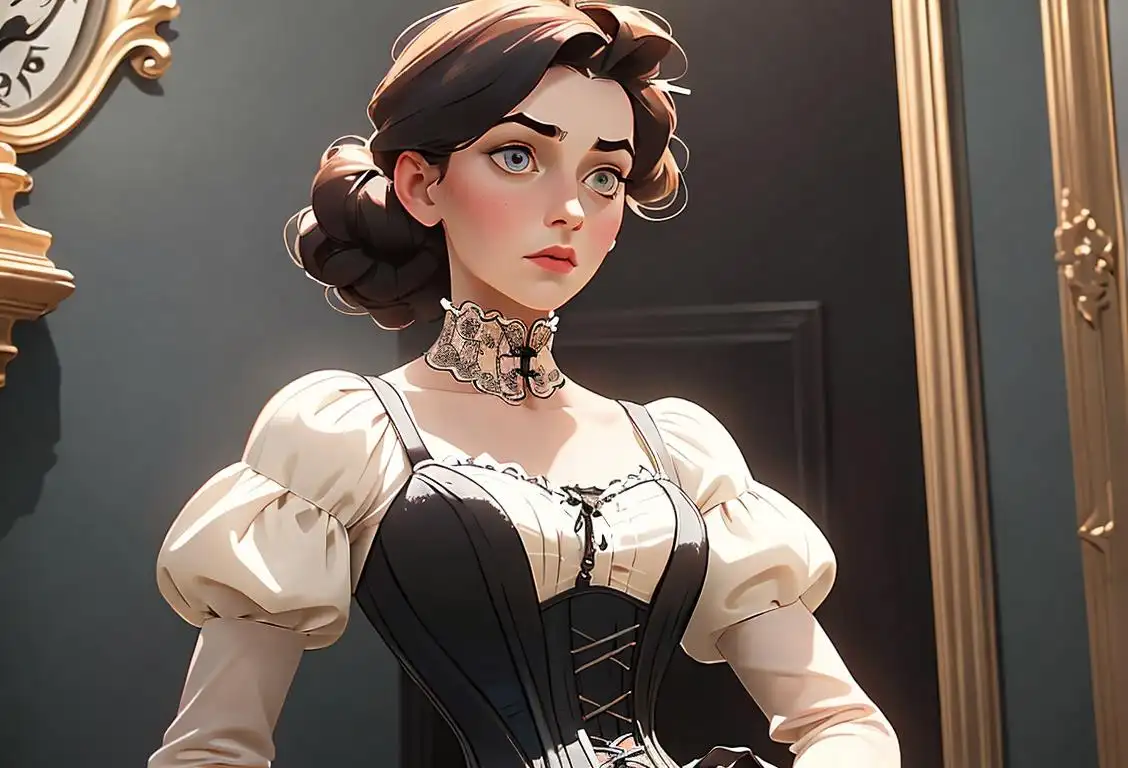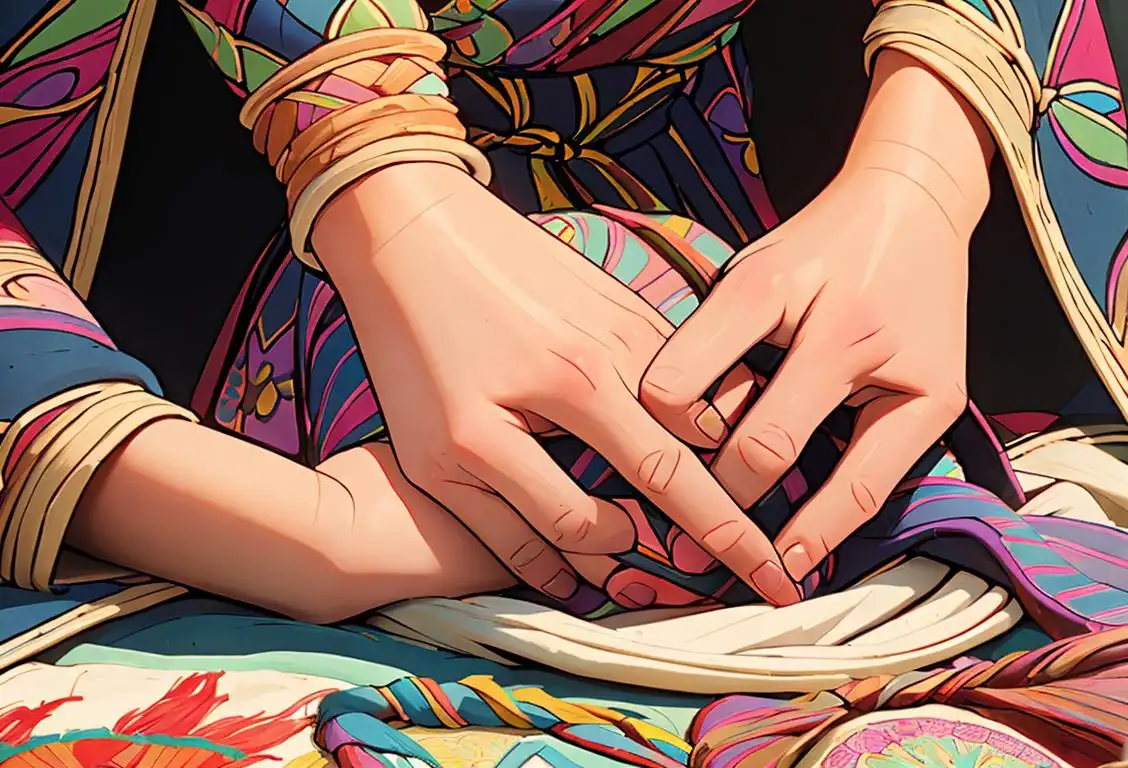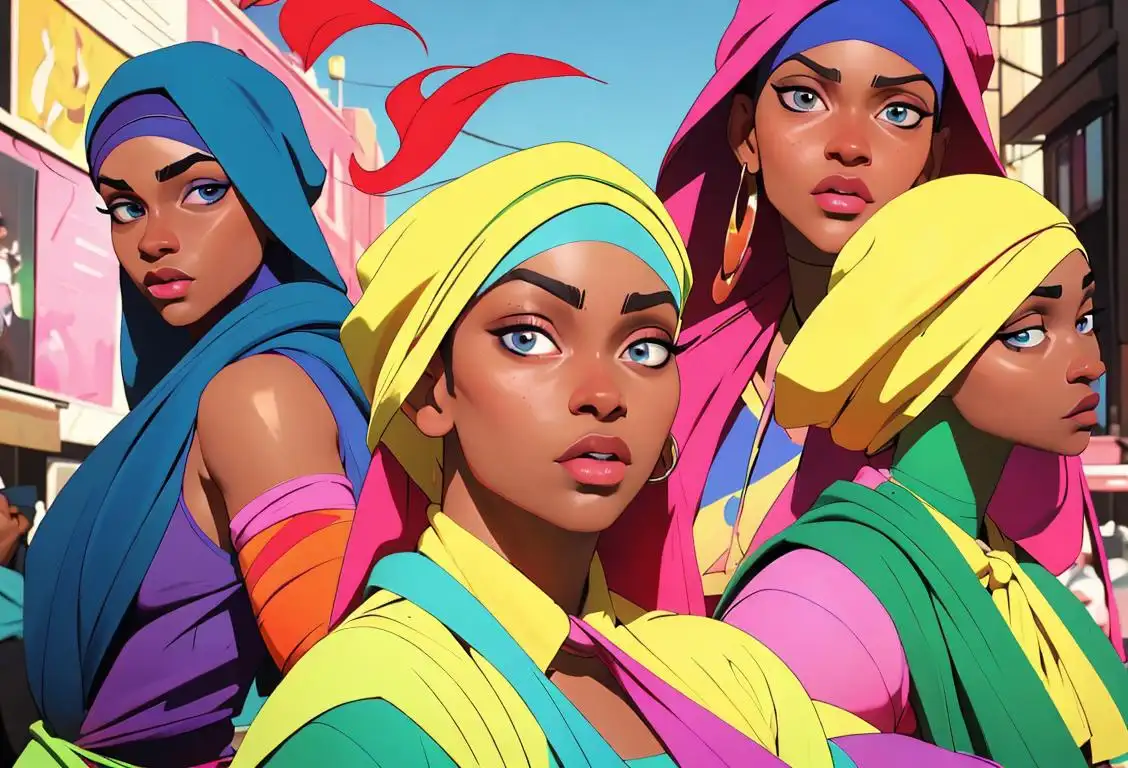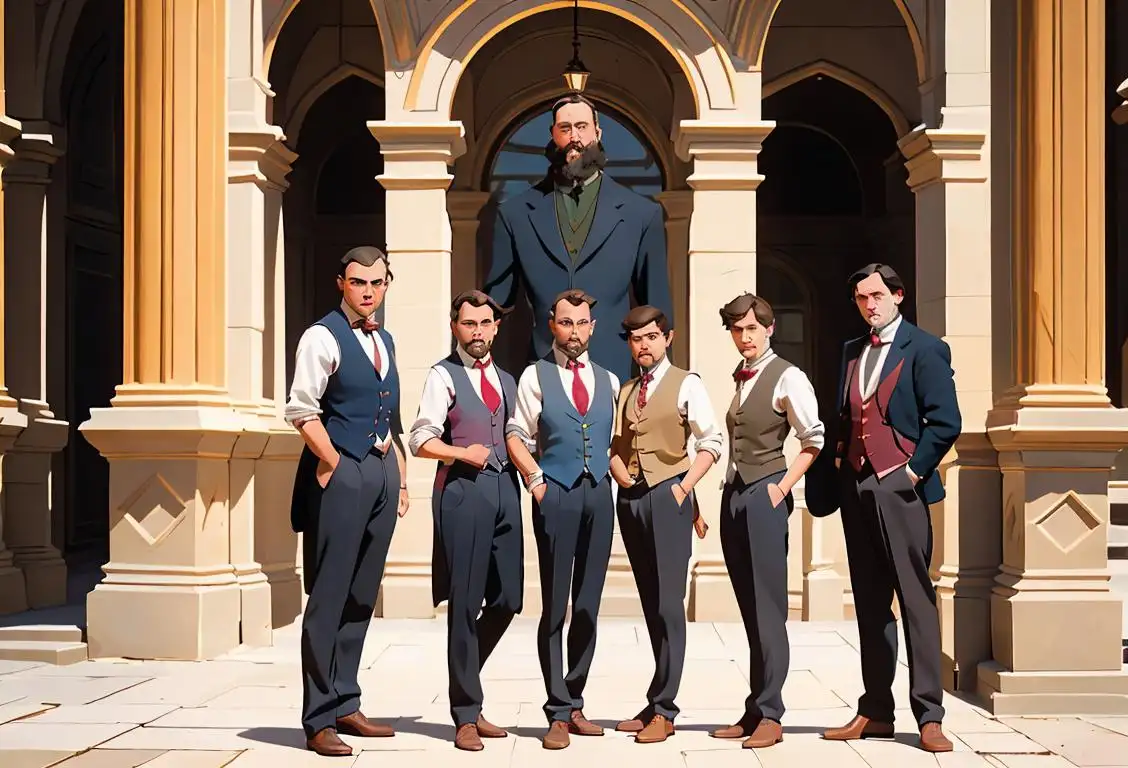National Corset Day

Hey there! Get ready to lace up and celebrate National Corset Day! This day is all about embracing the timeless elegance and eye-catching fashion of corsets. Whether you're a fan of historical dress or simply appreciate the artistry behind corset-making, National Corset Day is the perfect opportunity to dive into the fascinating world of this iconic garment.
When is Corset Day?
It's national corset day on the 14th June.
History of National Corset Day
If you're wondering how National Corset Day came to be, let's take a stroll down the laced-up memory lane. Corsets, those waist-cinching, figure-enhancing garments, have a long and colorful history dating back centuries. While corsets are often associated with Victorian times, they actually have roots that go even further back.
In ancient civilizations like Ancient Greece and Rome, women were already using corset-like garments to shape their bodies and achieve that desirable hourglass figure. However, it was during the Victorian era that corsets truly reached their peak of popularity.
The rise of corsets in the 19th century coincided with a society fixated on beauty standards and strict social norms. Women cinched themselves into corsets, not just for aesthetic reasons, but also for posture improvement and support. These undergarments became a symbol of femininity and elegance.
How to Celebrate National Corset Day
Ready to embrace the allure of corsets? Here are a few ways you can honor National Corset Day in style:
- History Lesson: Dive into the fascinating history of corsets by reading books or articles on the subject. Discover the evolution of corsetry and learn about iconic corset-wearers throughout the ages.
- Corset Fashion Show: Organize a corset fashion show with your friends or local community. Showcase different styles of corsets and celebrate the diverse range of body types that can rock this fashion statement.
- Corset-Making Workshop: Get crafty and learn the art of corset-making. Attend a workshop or find tutorials online. Design and create your very own custom corset!
- Dress-Up Time: Put on your most fabulous corset and enjoy a day of feeling like royalty. Whether you're attending a fancy gathering or simply staying in, a corset can add a touch of glamour to any occasion.
You Thought You Knew...
Did you know that corsets have made a comeback in recent years? While they may not be as restrictive as their historical counterparts, modern corsets are often worn as outerwear, paired with jeans or skirts for a trendy and edgy look. Fashion is full of surprises!
History behind the term 'Corset'
1550
The Birth of Corsetry
Corsets originated in the 16th century as a garment worn primarily by women. The term 'corset' is derived from the French word 'corps', meaning body. These early corsets were stiffened garments that accentuated the waistline and created an hourglass figure. Made from stiff materials such as whalebone or metal, corsets were designed to shape and support the torso, emphasizing a woman's curves.
1800
The Rise of the Hourglass Silhouette
During the 19th century, corsets reached the height of their popularity. Women desired a dramatic hourglass silhouette, and corsets became an essential fashion item. They were tightly laced to cinch the waist and create a pronounced hourglass figure. Corsets were not only used for fashion but also as a symbol of social status, with intricate designs and embellishments becoming common.
1860
The Invention of the Steel Boned Corset
In the mid-19th century, the steel boned corset was introduced, revolutionizing corsetry. The use of steel boning provided stronger support and allowed for even greater waist reduction. Steel became the preferred material due to its durability and flexibility. This innovation made corsets more restrictive but also more effective in achieving a smaller waistline.
1900
The Reform Corset Movement
By the turn of the 20th century, the corset faced criticism for its extreme tightening and health implications. The reform corset movement emerged, advocating for more comfortable and less restrictive undergarments. This marked the beginning of the decline in corset popularity, as women sought looser and more practical alternatives.
1920
Corsets Transform into Girdles
In the 1920s, corsets began to evolve into a more flexible and less constricting garment known as the girdle. Girdles provided shaping and support but without the extreme waist reduction. They allowed women greater freedom of movement and were better suited to the changing fashion trends of the time, including shorter hemlines and a more relaxed silhouette.
1960
Decline and Revival
By the 1960s, corsets became less common as the fashion industry shifted away from shaping undergarments. However, corsets experienced a revival in the late 20th and early 21st centuries, with designers incorporating corsetry elements into high fashion garments as a form of expression and femininity. Modern corsets blend fashion and function, often emphasizing individual style rather than extreme body modification.
Did you know?
Did you know that corsets have made a comeback in recent years? While they may not be as restrictive as their historical counterparts, modern corsets are often worn as outerwear, paired with jeans or skirts for a trendy and edgy look. Fashion is full of surprises!Tagged
history fashion craftsFirst identified
14th June 2016Most mentioned on
14th June 2016Total mentions
23Other days
Corset Day
Textiles Day
Tweed Day
Quilt Day
Du Rag Day
Bandanna Day
Socks Day
Button Day
Crown Day
Waistcoat Day








